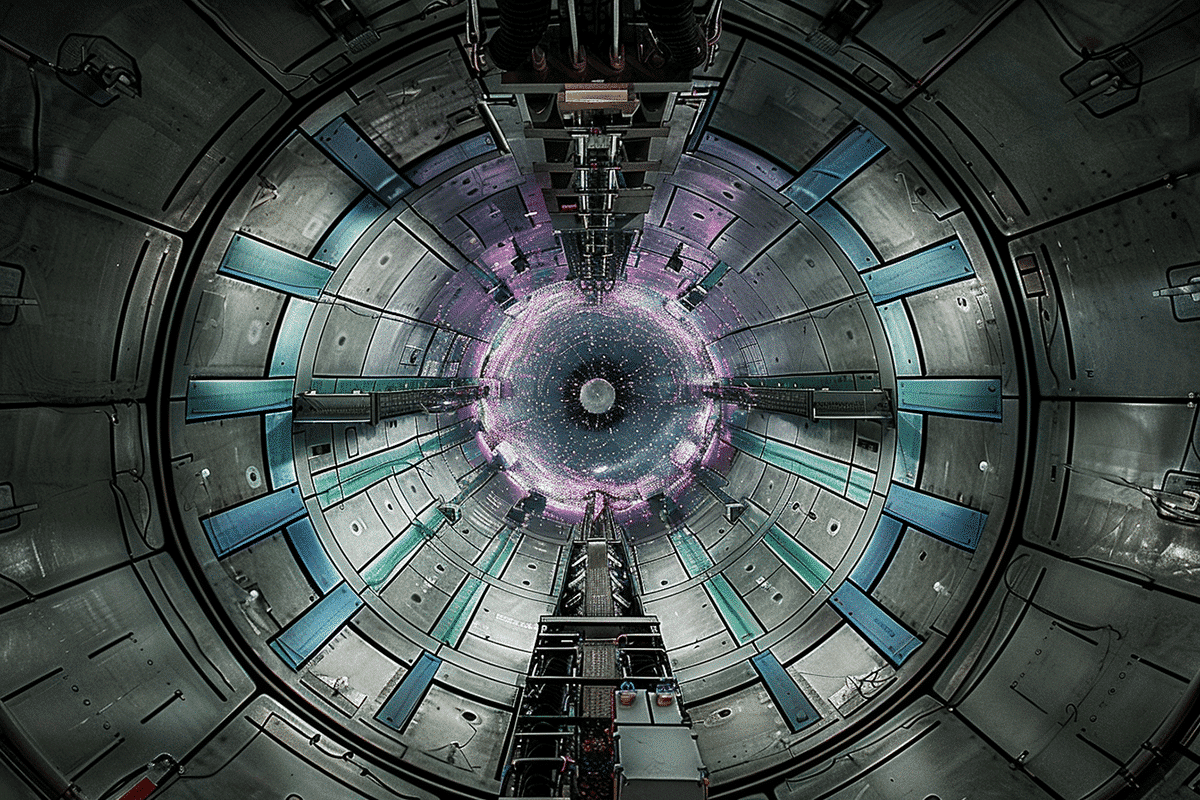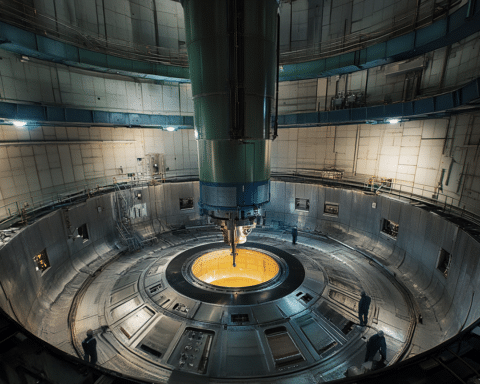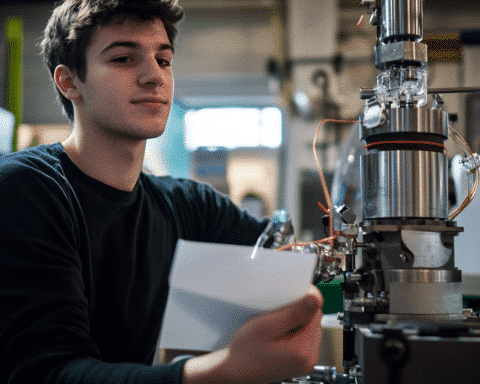In a revolutionary advancement, researchers have converted simulation and observational data from a fusion reactor into an impressive 3D simulation. This innovative visualization offers a unique perspective on the plasma inside the reactor and provides valuable insights into its behavior at extreme temperatures.
The focus of this simulation is EPFL’s variable-configuration tokamak (TCV), a donut-shaped reactor where plasma flows at temperatures exceeding 100 million degrees. The Laboratory for Experimental Museology (EM+), part of the École Polytechnique Fédérale de Lausanne, has meticulously recreated this 30-year-old machine. Through ultra-high-precision scans of the reactor’s interior, they produced a detailed 3D model that replicates the reactor’s components, right down to their textures. The scans even captured the wear and tear on the graphite tiles lining the reactor walls, which endure extremely high temperatures during test runs of the TCV.
This 3D simulation is not just a visual marvel but a tool for scientific advancement. It allows scientists to fly through the fusion reactor, providing them with an immersive experience that can lead to improvements in reactor design and efficiency. The simulation tracks the position of thousands of particles and their effects, updating approximately 60 times per second. This high level of detail and real-time interaction is achieved through a specialized computing setup comprising five computers and 10 GPUs.
The ability to build such a system was made possible by recent advances in infographics technology. Just five years ago, creating such a detailed and dynamic visualization would have been impossible. The simulation shows electrons in red, protons in green, and magnetic fields represented by blue lines. These particles and fields swirl and interact, mimicking their behavior in the actual tokamak.
The physics behind this visualization process are highly complex. Tokamaks involve many different moving parts, including particles with heterogeneous behavior, magnetic fields, waves for heating the plasma, externally injected particles, and various gases. Even physicists find it challenging to sort out these interactions. The visualization developed by EM+ simplifies this complexity by combining standard simulation outputs, typically tables of numbers, with real-time visualization techniques to create a video-game-like atmosphere. This approach makes it easier to understand the intricate physics at play.
The simulation’s ability to deliver such detailed and dynamic visualizations represents a significant leap forward in fusion reactor research. It not only enhances our understanding of plasma behavior but also provides a powerful tool for improving reactor designs and making the fusion reaction more efficient. This development underscores the potential of combining advanced computing and visualization technologies with traditional scientific research to achieve groundbreaking results.
As researchers continue to explore the capabilities of this simulation, it is expected to play a crucial role in advancing nuclear fusion technology. By providing a clearer view of the inner workings of tokamaks, this tool could help pave the way for more efficient and effective fusion reactors in the future.


